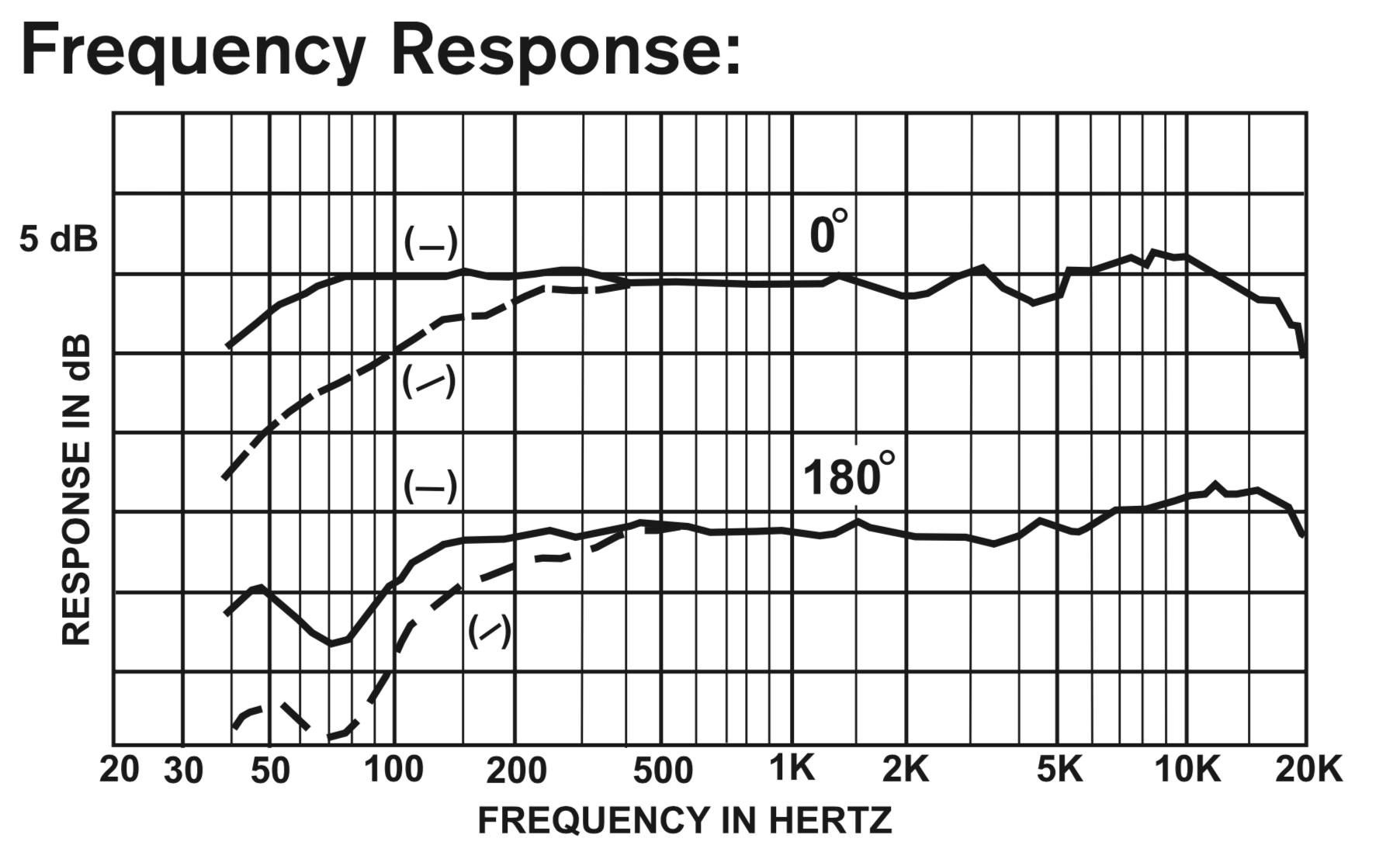Today we're looking at a "higher end" microphone from the budget company Behringer; the Behringer B-2 Pro.
For this review, I have the mic connected directly to the Focusrite Scarlett 2i2 2nd gen, with the gain set at 10:30. I have done no post processing on the audio, it is all raw, but the audio was slightly boosted in final cut pro X to simply make the audio easier to listen to.
If you are interested in this microphone, it will set you back $150.00 on Amazon
What's In the Box
Hardshell Storage Box
Microphone
Shockmount (Includes: 5/8" & 3/8" adapter)
Foam Windscreen
Documentation
Specifications
Frequency Response: 20Hz - 20kHz
Polar Pattern: Cardioid, Omnidirectional, Bidirectional
Sensitivity: -37dB to -34dB
Max SPL: 137 / 149dB
Equivalent Noise: 16-18dBA
Impedance: <100-ohms
Power Requirement: +48v
Performance / Features
The build quality of this mic feels fairly average for mics in the $100 price range. It has an all metal body as well as a somewhat flimsy feeling metal mesh grill. On the front you will find a 3-way polar pattern selection switch to move between the cardioid, omnidirectional, and bi-directional polar patterns. On the rear you'll find the high-pass switch that rolls off at 6dB/octave at 150Hz, as well as a -10dB pad if you're recording loud sound sources.
The frequency response is listed as 20Hz - 20kHz. We're only going to focus on the cardioid polar pattern response here as it's the most used pattern. It has a surprisingly flat response from 1kHz and below with a slight roll off beginning at 150Hz, which reaches -2dB by 50Hz. From 1kHz and up there's a gradual boost that hits +2dB at 7kHz, and then there's a large boost which reaches +5dB at 10kHz and gradually rolls off until it hits 0dB at 20kHz.
The overall performance here was decent. On the electric guitar, the low end felt a little loose, but did not get muddy, and then the treble air boost provided a nice amount of liveliness to the recording. The acoustic guitar sounded too focused in the high end, and left the strings resonance sounding dominating and a bit of a grating tone all around. For singing, the mic added a breathy quality to the voice as well as a bit of extra grit. For spoken word, I think the high end is a detriment to the microphone as it accentuates mouth noises, breathe, and sibilance a bit too much.
Pros
Relatively flat low mids and lows
All polar patterns are pretty usable (Rare in this price range)
Nice build quality
Plenty of nice accessories
Cons
Shrill in the higher end
Susceptible to plosives
Relatively high noise floor at 16-18dBA
Conclusion
Although this microphone would not be my first choice in any use case, for the price I think it's a pretty good deal. Therefore, if you're looking for your first mic to record music in your home studio, I think this would be a fine option given the plethora of accessories that are provided with the microphone, and the clean and clear tone you can get out of the microphone. Just make sure to pick up a pop filter along with the microphone.
If you have any additional questions about this microphone, leave them on the youtube video, and I will try to reply ASAP.
Buy the Behringer B-2 Pro
US: https://amzn.to/2L3nqAU
UK: https://amzn.to/2zvQRui
CA: https://amzn.to/2N4g29d
DE: https://amzn.to/2uarcC0
Buy the Focusrite Scarlett 2i2 (2nd Gen)
US: http://amzn.to/2vDFbzK
UK: http://amzn.to/2w8O2f6
CA: http://amzn.to/2wKGKfG
DE: http://amzn.to/2hbtxsV





















